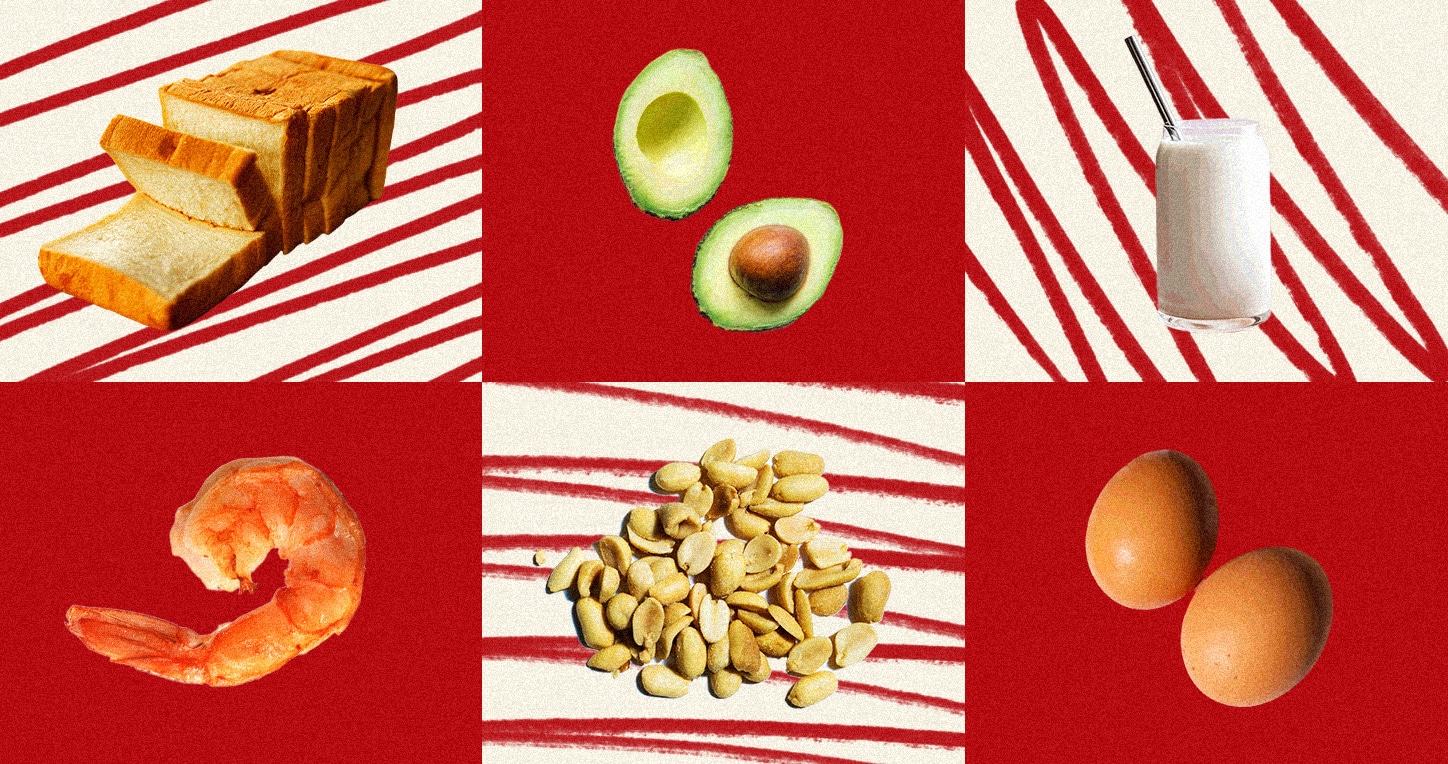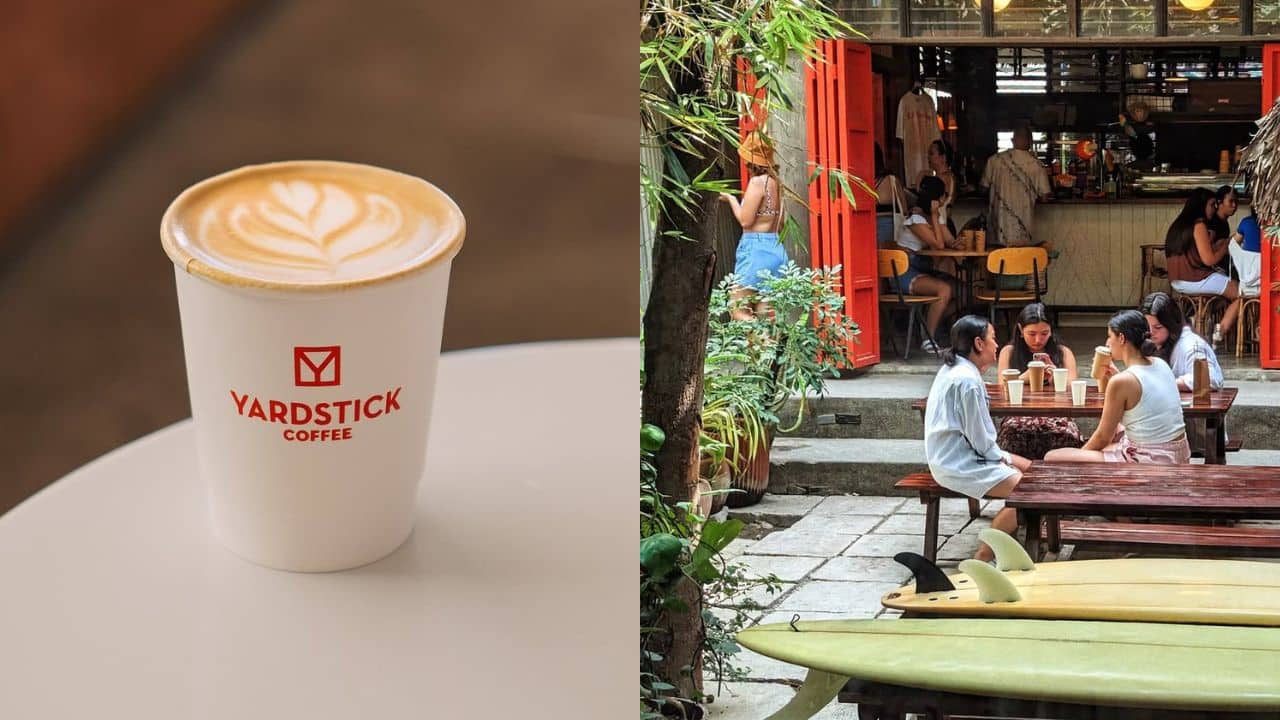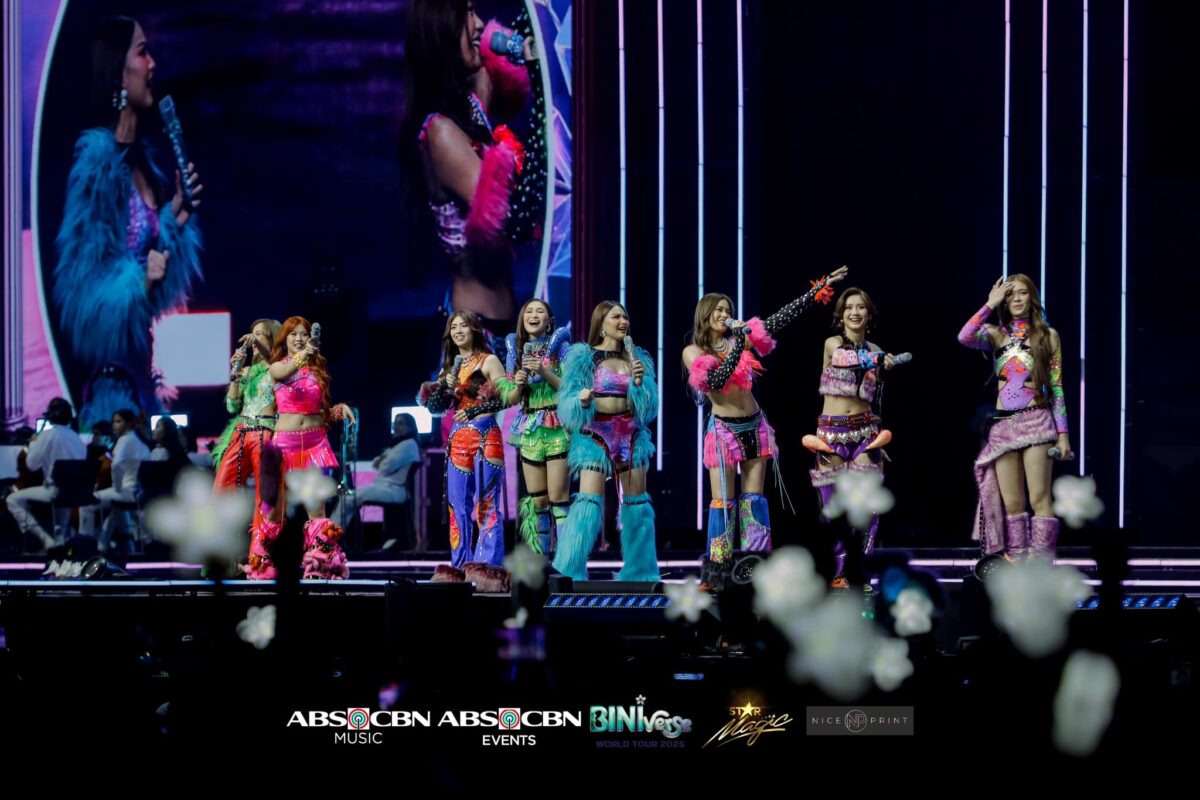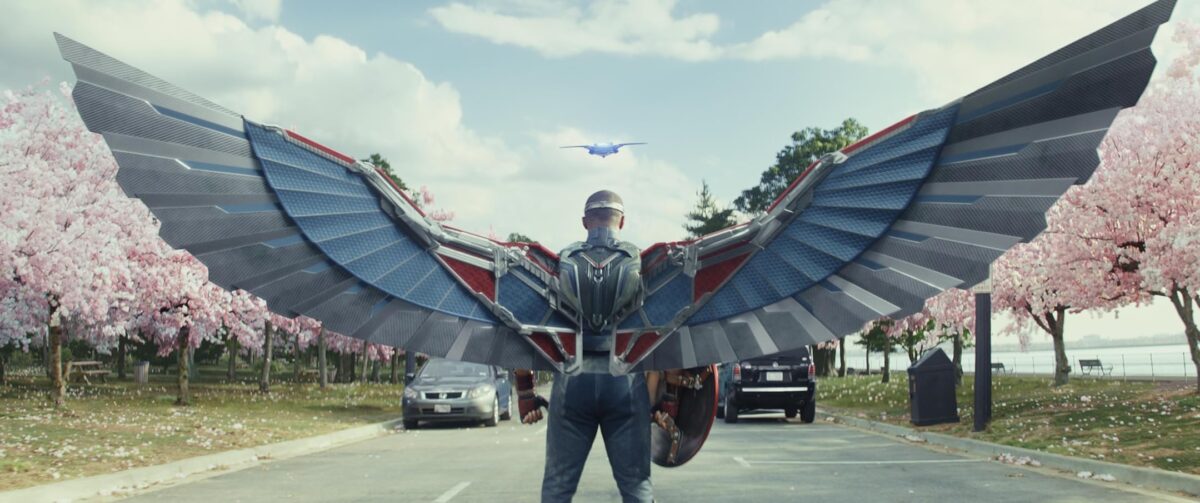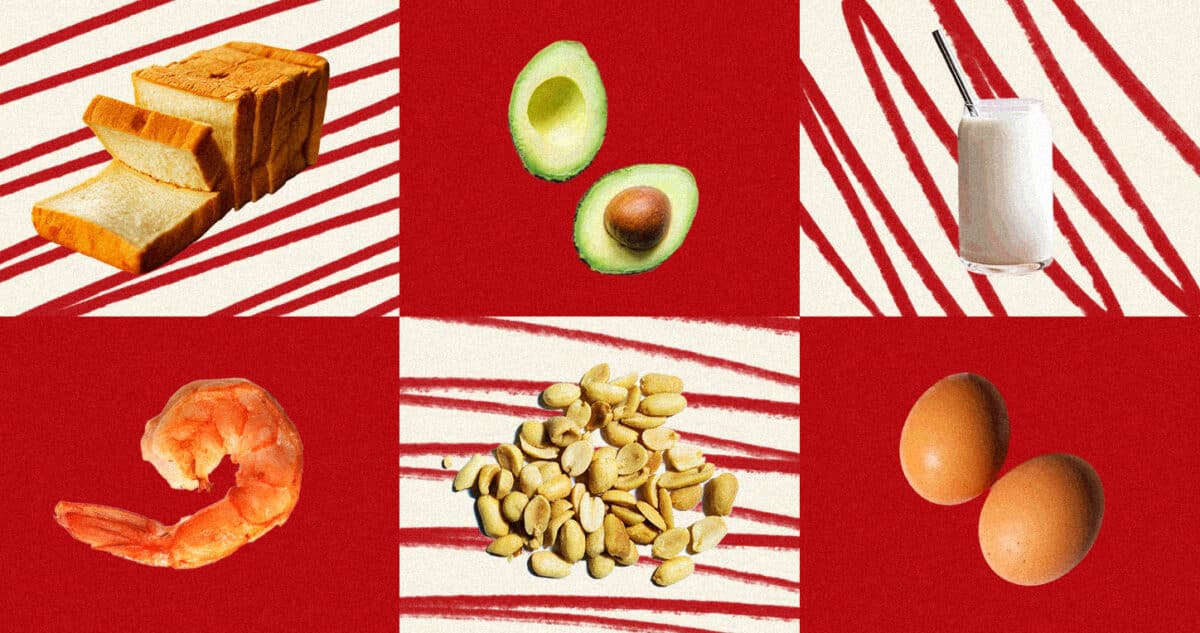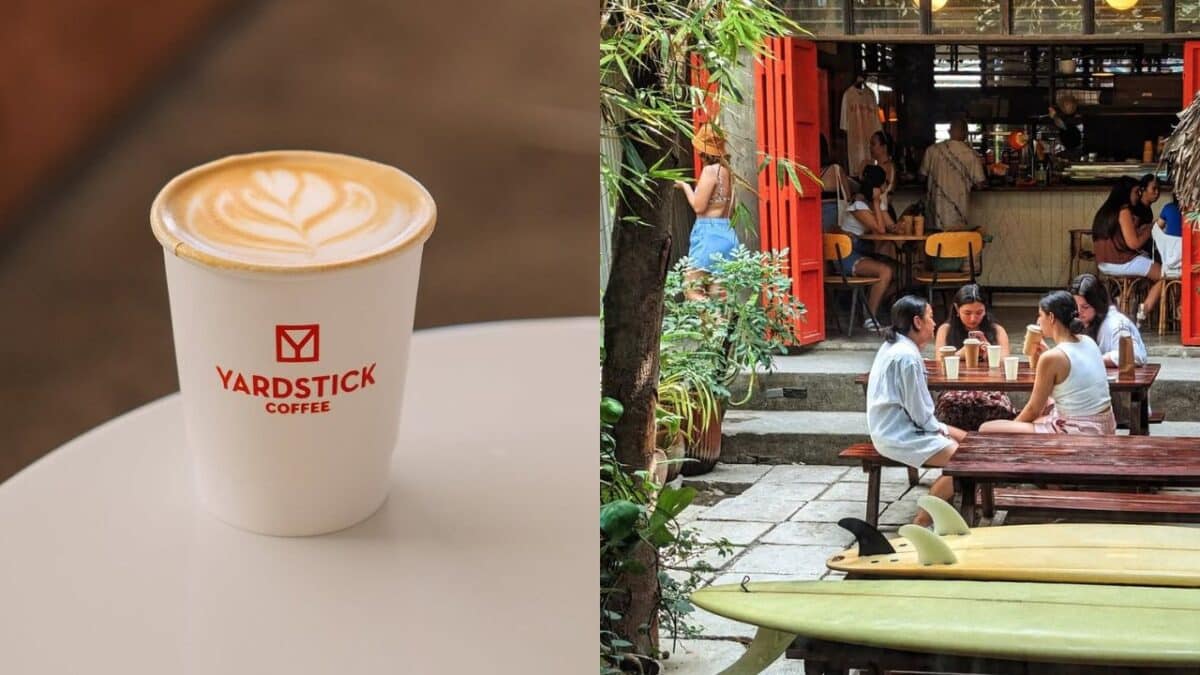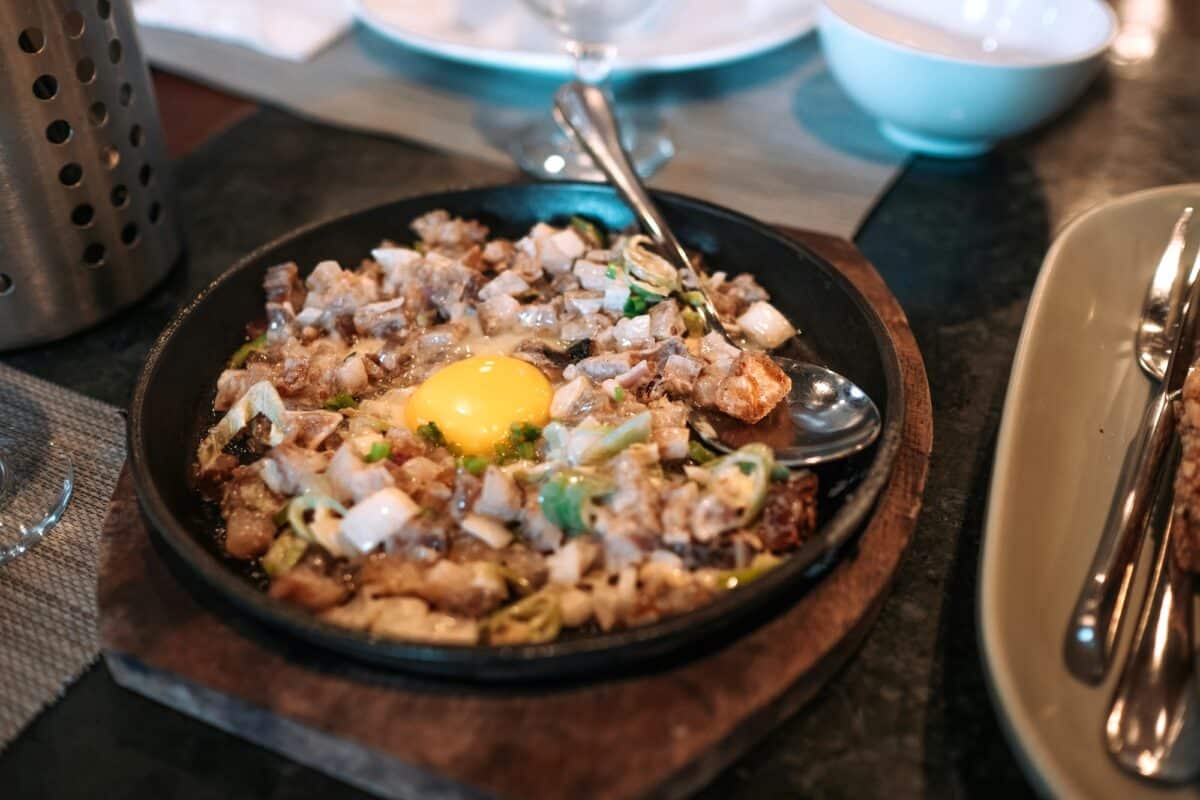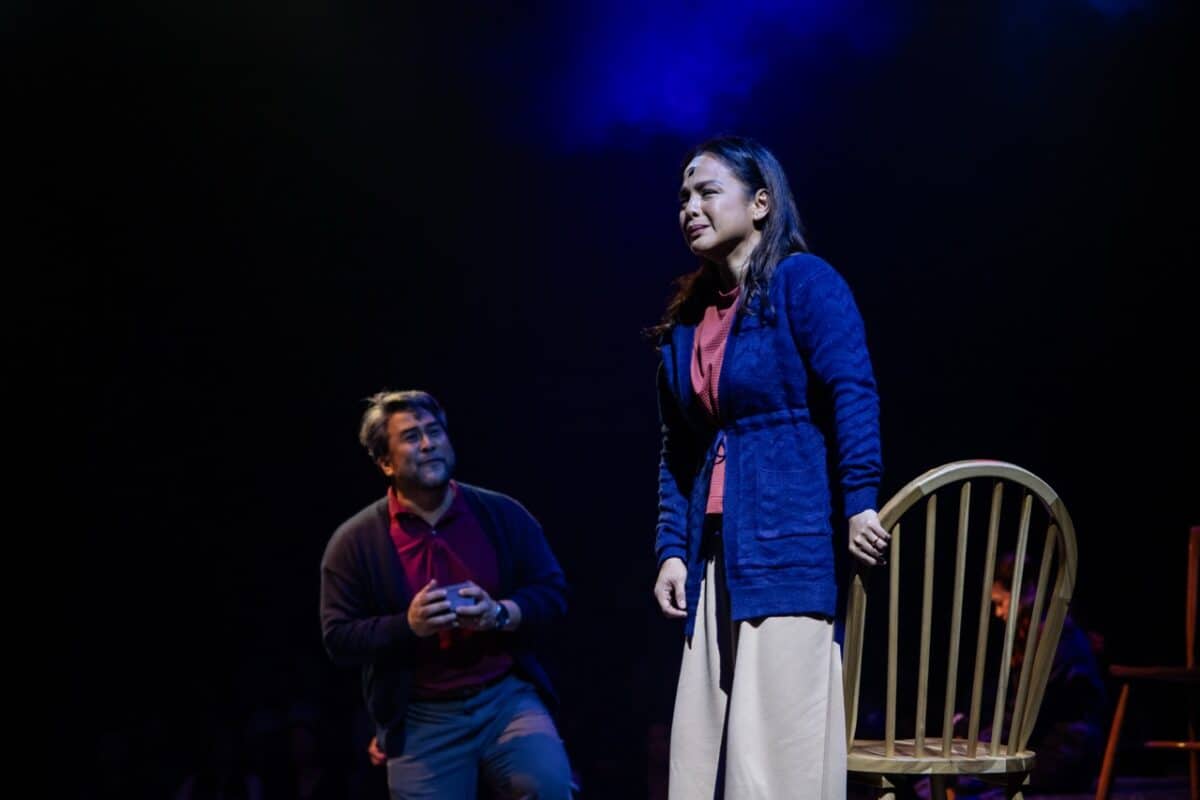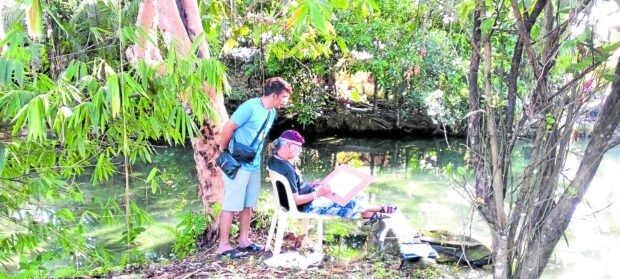
It is a small property in San Luis, Aurora province, blooming with acacia, narra, bamboo and banana trees. A stream with gently flowing waters runs through the area, an oasis in a busy district of the town which is adjacent to the capital of Baler. Children swim in the clean, shallow waters, splashing around; and the place attracts visual artists from San Luis, Baler, and adjoining towns.
Watercolorists can be seen painting beside the trees and stream. Their works are displayed nearby and are for sale.
Less than a hectare big, this is the Batis ni Nonong at Nene. The nicknames (nombres de cariño) refer to President Manuel L. Quezon (whose 145th birth anniversary was observed last Aug. 19) and his wife Doña Aurora Aragon de Quezon. The place is owned by Quezon’s grandson, Enrique “Ricky” Quezon Avanceña, son of Nini Quezon Avanceña, who passed away recently.
Avanceña said, “No one knew, except those in Baler and close relatives, that my lolo’s nickname was Nonong and my lola naman was Nene.”
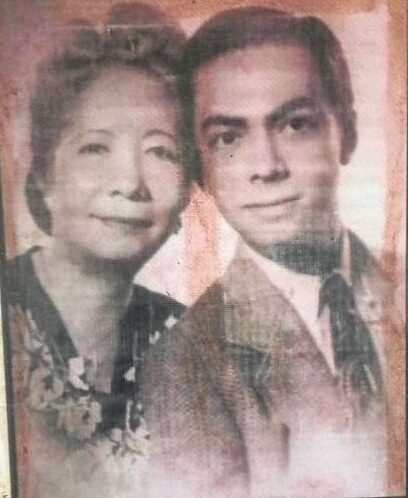
‘Land for the landless’
San Luis was a barrio then of Baler, and Nonong would bring Nene to the batis now named after them, courted her there, no doubt whispering sweet nothings and sought to improve her already fluent Spanish, which was the language of the Quezons and Aragons, being ilustrados. They would also picnic there.
In 1935, at the dawn of the Commonwealth era, Quezon decided to run for president. By then he had already acquired farmlands in San Luis, for land was inexpensive then, and he was earning well as a public servant and a member of the landed gentry. Family lore quotes Quezon as saying that “if I win, my program will be social justice and land for the landless.”
He won, of course, fulfilled his promise and gave away 500 hectares (out of the 1,600 hectares that he owned). “That was the first Quezon land grant,” Avanceña said. (There is an opera comique aside here; some of the lands were given away by mistake and so had to be reclaimed, as in binawi.) The rest of the lands were given away to the family, to Aurora, the children and later the grandchildren.
And that is how Avanceña became the owner of the Batis ni Nonong at Nene.
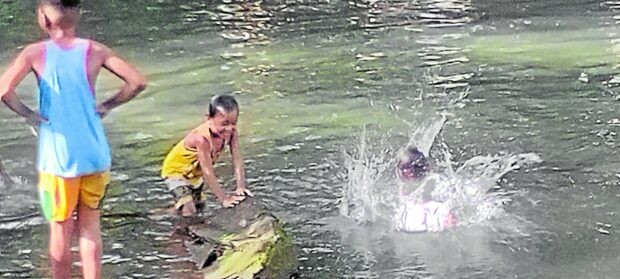
Artists’ community
The interview with Avanceña took place during the recent town fiesta of San Luis, specifically its 46th founding anniversary. This was celebrated in and around the Batis. Families came, local children swam in the stream, watercolorists interpreted the scenic surroundings, and young males clad only in shorts clambered over the poles in the traditional hit-the-palayok and agaw-agaw games.
There were colorful booths and native huts (kubos) selling refreshments, rice cakes, souvenirs, fashion accessories, and all the other odds and ends local tourists and transients cannot resist.
“The kubos we will leave there,” said Avanceña. “They are very nice kubos, I will buy the kubos. Kasi may competition. My plan is to have an organic market, a weekend market, to develop livelihood for the people. From these kubos will come the weekend market.
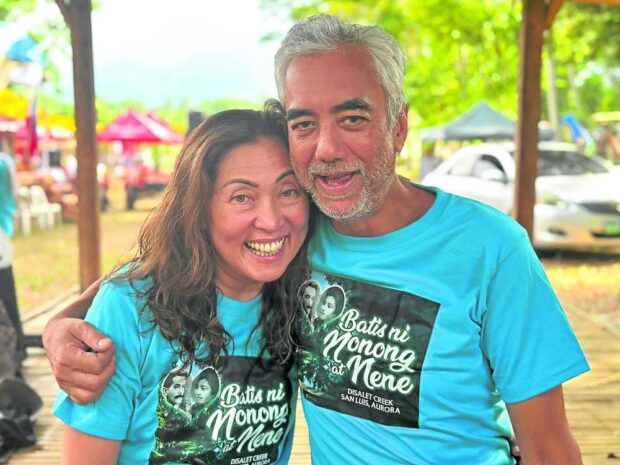
Along with the commercial side comes the cultural sector.
“(Cultural organizer) Noli Guerrero is planning to create an artist’s community here,” said Avanceña. “The artist communities in Baler and other towns are pretty well developed, but San Luis has been left behind. So I am really happy that Noli is actively helping the artists. I provide the space and he provides the artistry and creativity.”
Family lore says Quezon longed for the day his grandchildren would be picnicking in this spot, near the stream of water where he courted his future wife.
“I guess my grandfather has realized his dream,” said Avanceña.
—CONTRIBUTED





